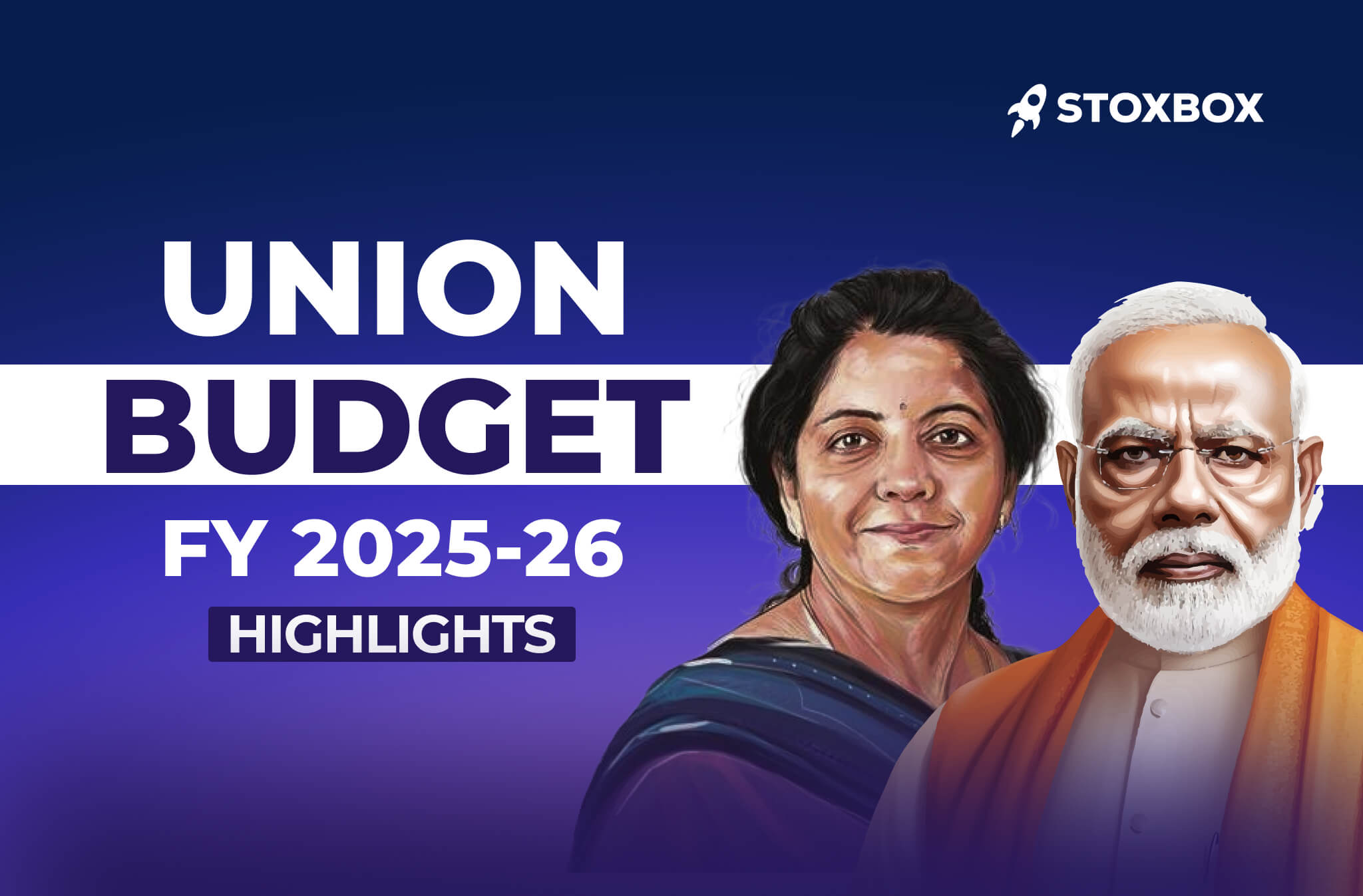Home » Core Investor Group » Westlife Foodworld Ltd – Q4FY25 Result Update
Sector Outlook: Positive
Subdued financial performance; Growth strategy in place for revival
Westlife Foodworld Ltd. reported revenue growth of 7.3% YoY to Rs. 6,031 million in Q4FY25, driven by traction in the value portfolio. Same-store sales growth (SSSG) was 0.7%; adjusted SSSG, excluding the leap year impact, was 1.7%, underpinned by improved footfall and a stable average check. Off-premises sales, which account for 43% of revenue, grew by 5% YoY, whereas On-premises sales grew by 8% YoY. The digital sales contribution grew by over 500 bps sequentially to +75%, mainly through company’s mobile app. The company’s profitability was impacted, with gross margins dropping 17 basis points YoY to 70% due to inflationary pressure in raw materials such as palm oil and coffee. Additionally, operating deleverage partly offset by cost efficiencies and normalization of marketing spends, resulted in EBITDA to grow by 2.8% YoY to Rs. 770 million with EBITDA Margin declining by 55 bps YoY to 12.8% in Q4FY25. The net profit for the quarter stood at Rs. 15 million with a margin of 0.3%. During the quarter, the company expanded its footprint by adding 18 restaurants while closing one, bringing the total count to 438 restaurants. The management has guided to open 45-50 new stores in FY26, focusing on South India, smaller towns, and drive-thru formats, with a target of reaching 580-630 restaurants by 2027. Further, the company continued to innovate and add a Korean range of Burgers, Sides, and a beverage in March, followed by the MangoBurst range featuring Mango Burst McFlurry with OREO, and Mango Burst McSwirl.
Key Concall Highlights
Key Concall Highlights
- The demand environment remains challenging but a gradual shift can be seen in the demand scenario, supported by easing customer inflation and government stimulus
- In Q4FY25, the off-premise business, driven mainly by delivery and drive-thru, increased by 5% YoY and accounted for 43% of total revenue. Digital sales contributed up to 75% of total sales. Digital innovation and improved operational experiences are anticipated to contribute to future growth in the off-premise market.
- Operating deleverage muted margins this quarter, but this impact was partly offset by cost efficiencies and the normalization of marketing expenditures. The gross margin for Q4FY25 was 70%, which was in line with management’s guidance.
- In Q4 FY25, the company expanded its presence by opening 18 new restaurants and closing one, aligning with its Vision 2027 strategy, which aims to have 580 to 630 total stores by 2027. Expansion efforts will be primarily focused on the southern region, with a particular emphasis on Hyderabad, Chennai, and Bengaluru, where management sees significant growth potential and opportunities to enhance customer reach and maximize business performance.
- In the last six months, the company faced inflationary pressure in some commodities like coffee, oil, and cocoa, but in Q4FY25 these input costs maintained stability.
- The company launched new offerings, including the Korean Range and Mango Burst Range, with the Korean Range—featuring burgers, fries, and drinks at an entry-level price of INR 69—introduced as a limited-time offer to deliver a unique global experience and generate strong consumer excitement.
Valuation and Outlook
Westlife Foodworld Ltd., the operator of McDonald’s restaurants in West and South India, reported a subdued performance for the quarter, due to inflationary pressure and operating deleverage. Despite this pressure, the company managed to deliver top-line growth on an annual basis. Management anticipates maintaining this growth momentum, driven by improved affordability metrics and guest count, led by easing consumer-level inflation and government stimulus. Looking ahead, the company’s strategic initiative, Vision 2027, aims to double its revenue to Rs. 40-45 billion. This will be driven by scaling fast-growing categories such as the value segment and enhanced customer experience through the omni-channel model. Further, as a part of this strategy, the company plans to expand its footprint, targeting 580 to 630 restaurants by 2027. This will lead to an improved operating EBITDA margin in the range of 18% to 20%. While margins are currently under pressure due to cost headwinds, the company’s long-term strategy positions it well to capitalize on India’s growing demand for quick-service restaurants. Key areas to watch going forward include consumer sentiment, same-store sales growth (SSSG), and overall demand trends in the QSR sector.
Your Wealth-Building Journey Starts Here

You might also Like.
Union Budget 2025-26 Impact on Sectors
Edit Announcement Impact Companies Enhancing the credit guarantee cover for...


